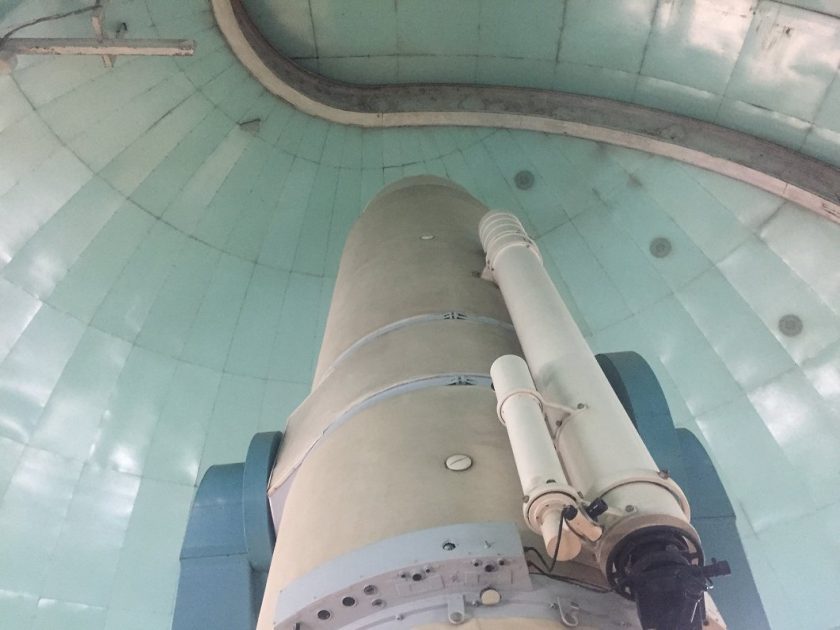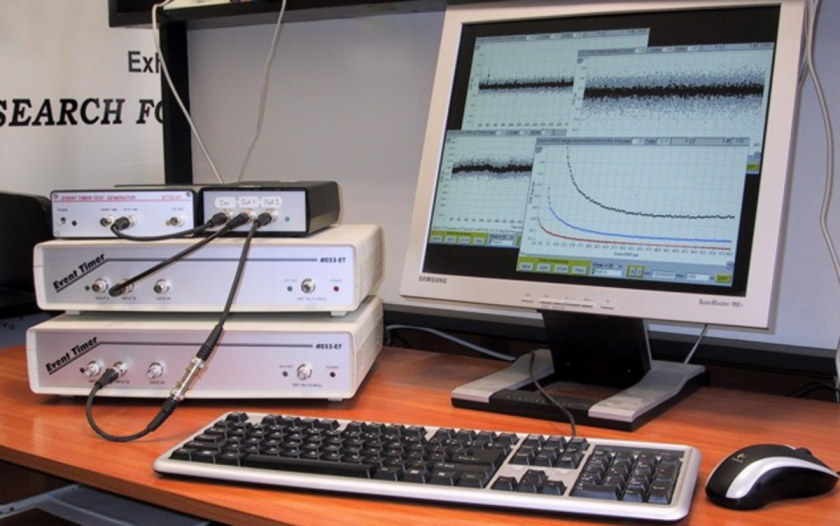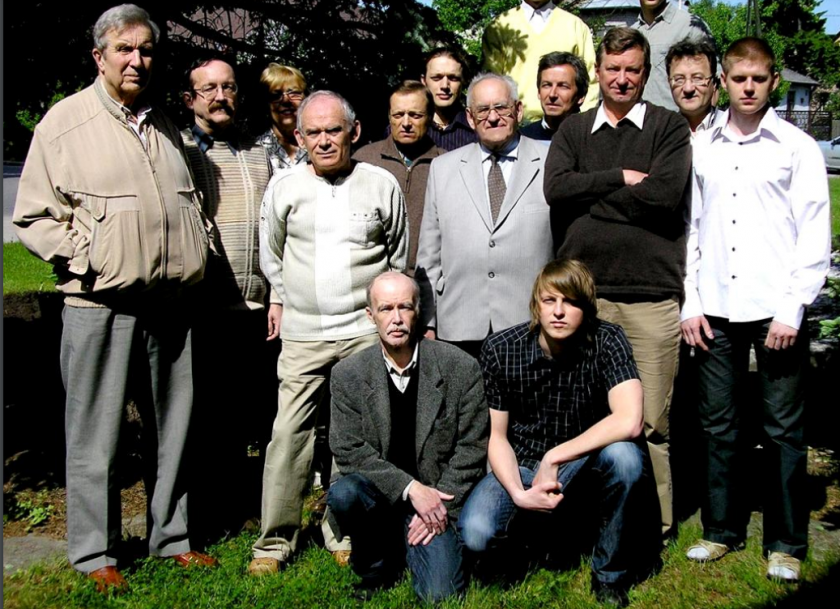
In July this year, the International Astronomical Union confirmed the discovery of asteroid (598895) Artjuhs = 2009 HW19 at the Baldone Astrophysical Observatory in 2009, named after EDI scientist Jurijs Artjuhs.
The amount and precision of the position measurements accumulated by the asteroid discovered in 2009 are sufficient to number and name this one-kilometre small object in the main asteroid belt of the Solar System, as proposed by its discoverer and approved in July this year by the International Astronomical Union (IAU) SAS Executive Committee WG Small Bodies Nomenclature Committee.
The description of the name was published in the SAS publication WG Small Bodies Nomenclature Bulletin, Volume 3, Issue 11, 24 July 2023.
Artjuhs = 2009 HW19
Discovery: 2009-04-16 / K. Černis, I. Eglitis *
/ Baldone / 069
Jurijs Artjuhs (1943–2012) was a leading researcher of the Institute of Electronics and Computer Sciences (EDI). The precise time-measurement technologies developed under his leadership are used in most of the satellite laser-ranging stations on Earth (including those of ESA and NASA) as well as in spacecraft.
The research team at the Institute of Electronics and Computer Science, led by scientist J. Artjuhs, has been developing and implementing high-speed signal processing systems since 1970. In 1990, the first event timer was developed to solve the problems of high-precision timekeeping – a device that provided epoch registration of incoming events and was a completely new technological solution for measuring the time interval.
Such an Event Timer was required for Satellite Laser Ranging (SLR) stations. The Digital Signal Processing based approach, developed under the leadership of J. Artjuhs, not only provides excellent Event Timer (ET) performance characteristics, but also reduces hardware costs by being able to replace multiple electronic units.

J. Artjuks is the author of more than 200 scientific publications, including 2 monographs, and patents for about 50 inventions. He is a laureate of the State Prize of the Latvian SSR for the development of automated systems for fast operation (1980), the European Prize in Informatics (1997), and the Joint Prize of the Latvian Academy of Sciences and the joint stock company “Latvian Air Transport” for a complex of works on the development of Latvian time-measurement systems for laser localization of artificial Earth satellites (2005).

The news was first published on the website of the University of Latvia.